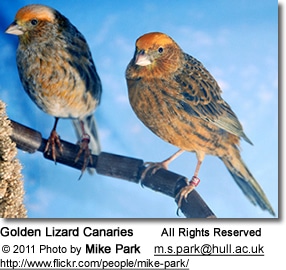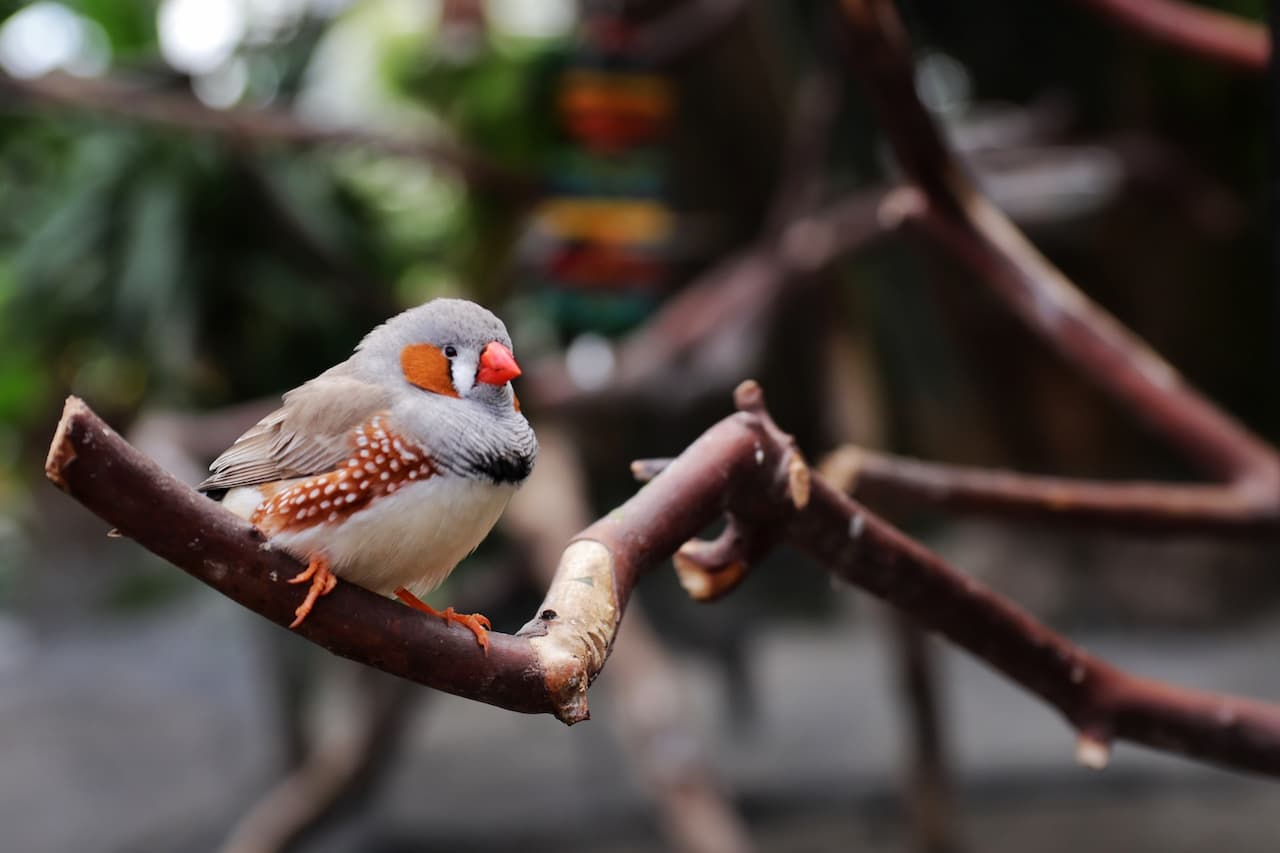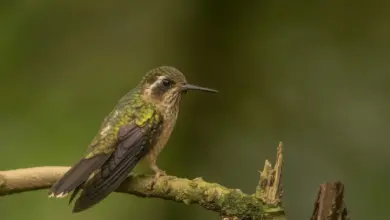Kereru or New Zealand Pigeons
The Kereru or New Zealand Pigeons (Hemiphaga novaeseelandiae novaseelandiae (Gmelin)) are endemic to New Zealand. The Maori name is Kerer? in the South Island and much of the North Island. Other Meori names for the bird are kekupa (in parts of the North Island) and kek? (Northland). New Zealand pigeons are commonly called wood pigeons, though they are not the same as the Wood Pigeon (Columba palumbus) which is a member of a different genus.
Description
They are large (550 to 850 g) arboreal (lives in trees) fruit-pigeons (Clout 1990) that are found in forests from Northland to Stewart Island, ranging in habitats from coastal to montane (Clout et al. 1986).
It has a relatively small head, a straight soft-based bill, and loosely attached feathers. It also displays typical pigeon behaviour, which includes drinking by suction, a wing-threat display, hitting with the wing when threatened, a diving display flight, a ‘bowing’ display, ritualised preening, and ‘billing’ during courtship.
The New Zealand pigeons are the second largest members of the family Columbidae. Kerer? grows to some 51 cm (20 in) in length and 650 g in weight on the mainland, and an area of 55 cm (22 in) and 800 g on the Chatham Islands. The head, throat, and wings are generally a shiny green-purple color, but with a bronze tinge to the feathers on the mainland and an ashy-grey wash on the Chathams. The breast is typically white and the bill red with an orange-ish tip. The feet and eyes are red. Juvenilles have a similar coloration but are generally paler with dull colors for the beak, eyes, and feet and a shorter tail.
They make occasional soft coo sounds (hence the onomatopoeic names), and the wings make a very distinctive whooshing sound as they fly. The bird’s flight is also very distinctive – birds will often ascend slowly before making impressively steep parabolic dives, this thought to be often associated with nesting, or nest failure.
They build flimsy, shallow, twiggy nests and feed crop milk to hatchlings (Falla et al. 1979; James 1995).
Diet
They are commonly known as frugivorous, primarily eating fruits from native trees. They play an important ecological role, as they are the only birds capable of eating the largest (smallest diameter greater than 1cm) native fruits and drupes and thus spreading the seeds intact. While fruit comprises the major part of their diets, the New Zealand pigeon also browses leaves and buds, especially nitrogen rich foliage during breeding. One of their favorite leaves to eat is from an introduced plant the common plum tree. The diet changes seasonally as the availability of fruit changes, and leaves can comprise the major part of the diet at certain times of the year, such as when there is little fruit around (O’Donnel and Dilks 1994).
Breeding
Breeding generally depends on the occurrence of ripe fruit, which varies seasonally, annually (good years and bad years), and by location. They feed on many species with tropical affinities, including the Lauraceae and Arecaceae (Bell 1996; Clout and Hay 1989; Clout et al. 1991; McEwen 1978) but live in the temperate forest of New Zealand and also feed on podocarp species, thought to be elements of Gondwana, such as miro (Prumnopitys ferruginea) and Kahikatea (Dacrycarpus dacrydioides) (Clout and Hay 1989; Clout et al. 1991; Clout and Tilley 1992; McEwen 1978).
A complete list of fruits taken by kerera can be found below. The more tropical tree species are restricted to the warmer northern half of the North Island, and in these regions, pigeons can nest nearly all year round provided enough fruit is available. Further south many tropical tree species are missing and in these areas breeding usually occurs between October (early spring) and April (late summer/early autumn), again depending on fruit availability.
They nest in trees, laying a single egg, in a flimsy nest constructed of a few twigs thrown together. The egg is incubated for 28 days. The young bird then takes another 36 days to fledge. In seasons of plentiful fruit, the pigeons can successfully nest more than once.
Distribution
The population of the Kerer? dropped considerably since the arrival of humans in New Zealand, and this decline continues, especially in the North Island, but is still relatively common in the west of the South Island and coastal Otago. They are commonly found in native forests (lowlands in particular), scrub, rural and city gardens, and parks.
Subspecies
There are three known subspecies, H. n. novaseelandiae of mainland New Zealand is the most numerous. The other two subspecies are H.n. chathamensis of the Chatham Islands and H.n. spadicea of Norfolk Island, which is now extinct. The subspecies differ in their plumage color and physical morphology (James 1995). It has been suggested that the differences between H. n. novaeseelandiae and H. n. chathamensis or parea on the Chatham Islands is sufficient to raise the latter to full species status (Millener and Powlesland 2001).





